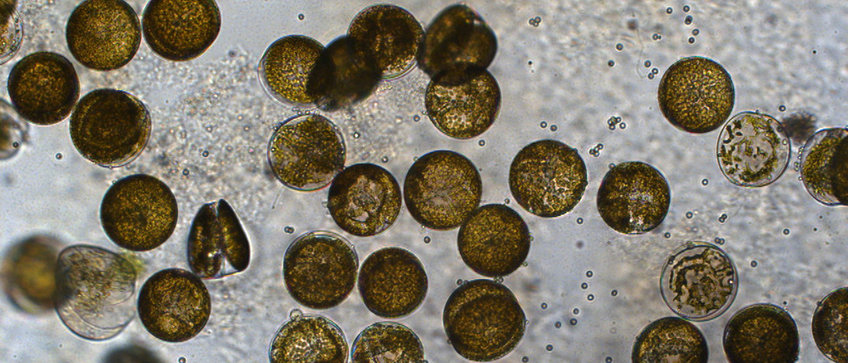
Publications of Kotaro Yamamoto
All genres
Journal Article (3)
2022
Journal Article
Differential regulation of fluorescent alkaloid metabolism between idioblast and lacticifer cells during leaf development in Catharanthus roseus seedlings. Journal of Plant Research 135, pp. 473 - 483 (2022)
2021
Journal Article
Early and late steps of quinine biosynthesis. Organic Letters 23 (5), pp. 1793 - 1797 (2021)
Journal Article
Improved virus-induced gene silencing allows discovery of a serpentine synthase gene in Catharanthus roseus. Plant Physiology 187 (2), pp. 846 - 857 (2021)
Book Chapter (1)
2022
Book Chapter
Imaging MS analysis in Catharanthus roseus. In: Catharanthus roseus: Methods and Protocols, Vol. 2505, pp. 33 - 43 (Eds. Courdavault, V.; Besseau, S.). Humana Press, Totowa, New Yersey (2022)